SMART TOILET
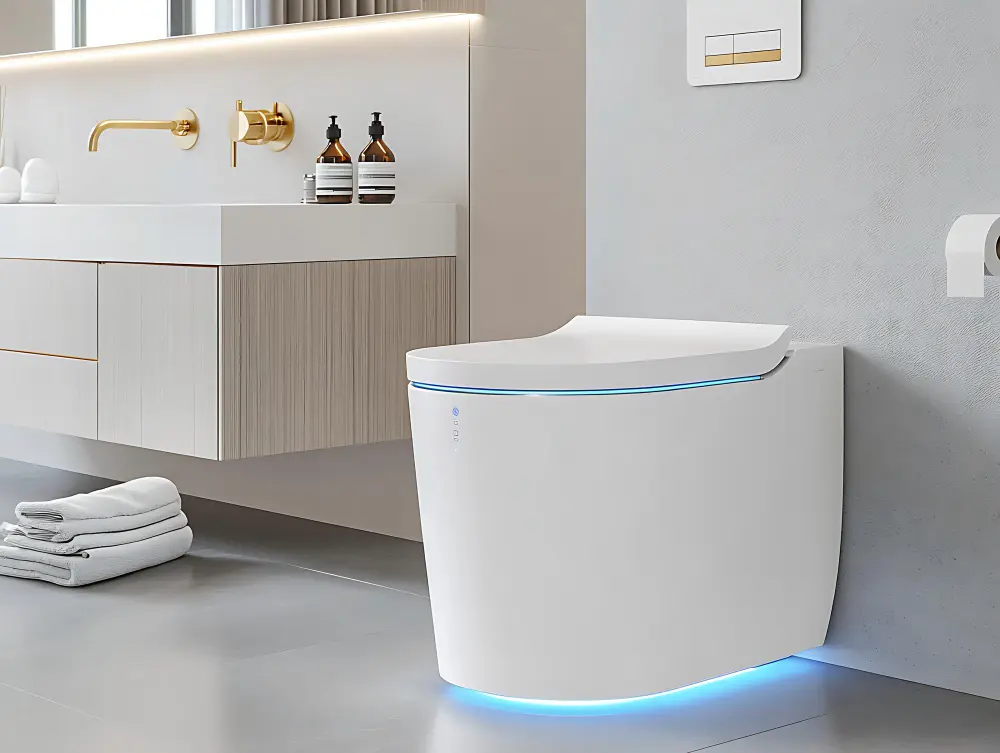
Public and commercial toilets in malls, airports, offices, and transport hubs are high-traffic facilities that directly influence user experience and brand perception. A poorly maintained restroom is one of the top complaints among occupants and visitors, and it has a disproportionate impact on how people perceive the overall facility. Yet managing toilets effectively is a persistent challenge.
Problems Faced
Milesight’s portfolio of LoRaWAN-based smart office sensors directly addresses these problems through real-time, low-power, and scalable deployments.

01.
Hygiene and Odor Control
Traditional cleaning is schedule-based, not condition-based. This often means cleaners arrive too late to address dirty floors, overflowing bins, or foul odors from urinals and cubicles. Complaints accumulate before action is taken.

02.
Resource Waste
Consumables like toilet paper, hand soap, and paper towels are often refilled too early “just in case” or too late after users already experience shortages. Both scenarios lead to waste—either from premature replenishment or user dissatisfaction.

03.
Inefficient Cleaning Workforce Management
Cleaning staff follow fixed rounds (e.g., every two hours), regardless of actual usage. During low-traffic times, this is wasted labor; during peak times, it’s inadequate.

04.
Lack of Feedback Mechanism
Facility managers usually have no structured way to capture user dissatisfaction in real time. Issues like broken dispensers or dirty floors go unnoticed until complaints escalate.

05.
Compliance and Accountability
Increasingly, regulators and building operators expect proof of cleanliness and hygiene standards. Without data, it’s difficult to show compliance with health, safety, or ESG requirements.
Solutions with NexAscent sensors
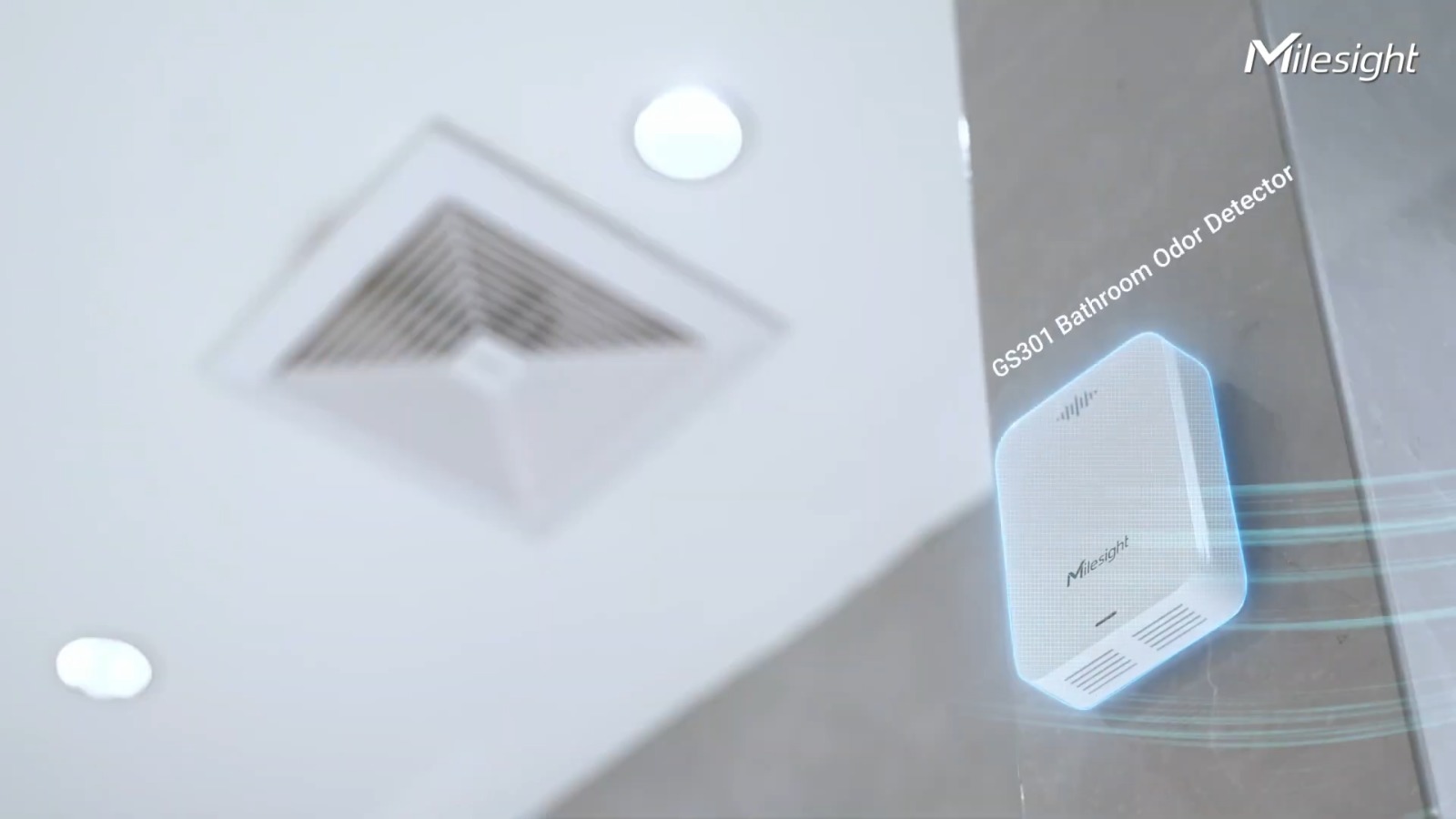
01.
Ammonia sensor (GS301)
Installed near urinals and ceilings, these detect odor levels. If thresholds are exceeded, alerts are sent to cleaning staff to act immediately. This ensures a consistently pleasant environment.
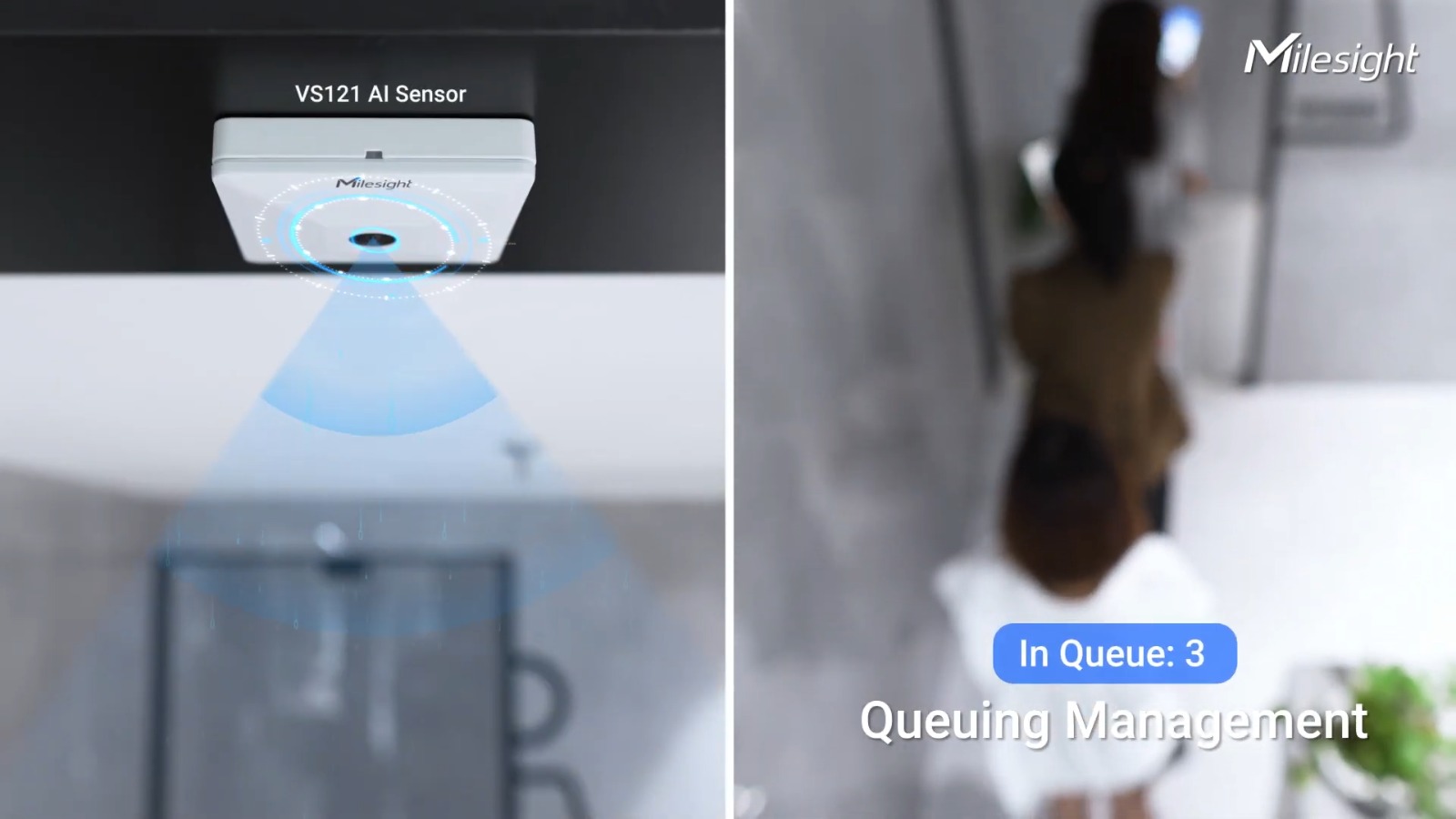
02.
People Counter (VS350, VS360)
Deployed at entrances, these sensors monitor foot traffic. Cleaning schedules can be adjusted dynamically—for example, triggering a cleaning task every 100 users instead of every 2 hours.

03.
Toilet Paper and Paper Towel Dispenser Sensors (WS201)
These low-power sensors track consumable levels. Staff are notified when replenishment is required, eliminating both wastage and shortages.
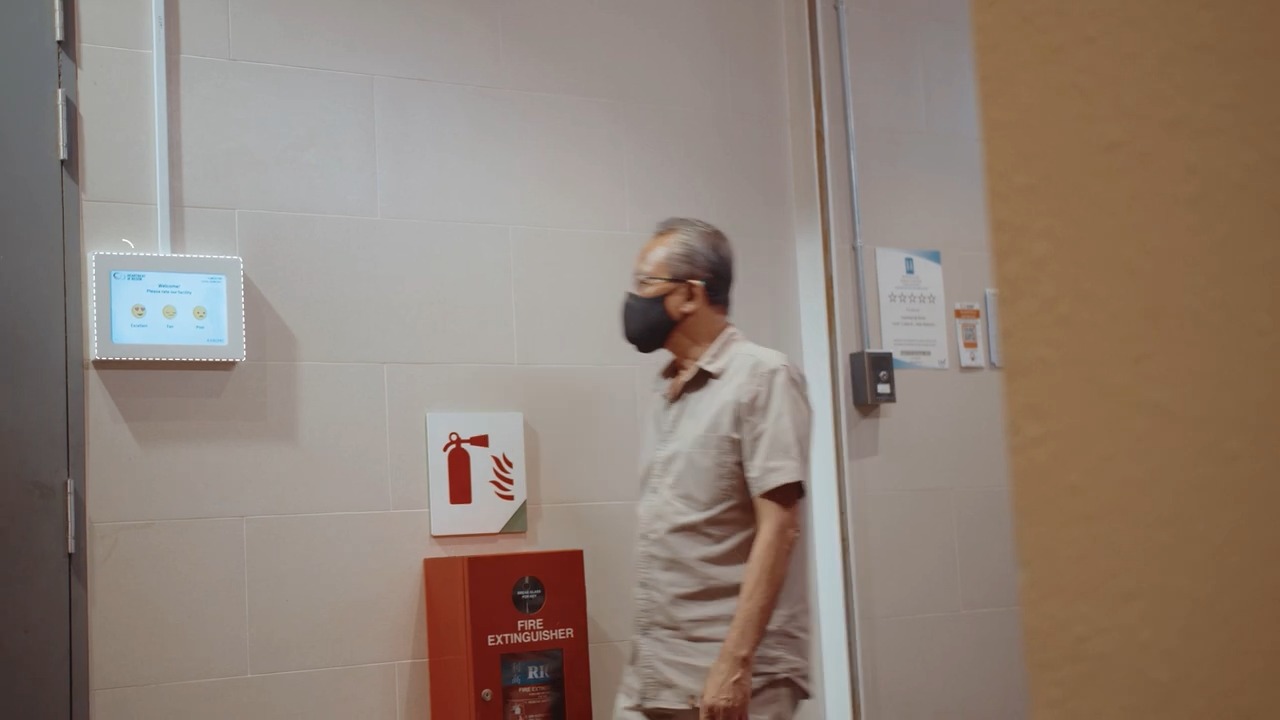
04.
Smart Feedback Panels (UB10)
Installed at the exit, users can rate their experience (Excellent / Average / Poor) or report faults. This provides facility managers with real-time insights into service quality and problem areas.

05.
Water Leakage Sensors (EM300-ZLD, EM300-SLD) and Floor Wetness Sensor (UBZ900)
Mounted near sinks or toilets, these detect wet floors, enabling staff to intervene before slips occur. They also support predictive maintenance by flagging pipe leaks early.

06.
Hand soap dispenser sensor (EM300-FS)
EM300-FS, level sensor offers energy saving features that prolongs the
battery life up to 10 years and can be seamlessly integrated with containers of
distinct shapes and sizes, to facilitate better management and enhance user experience
by keeping hand wash levels at check.
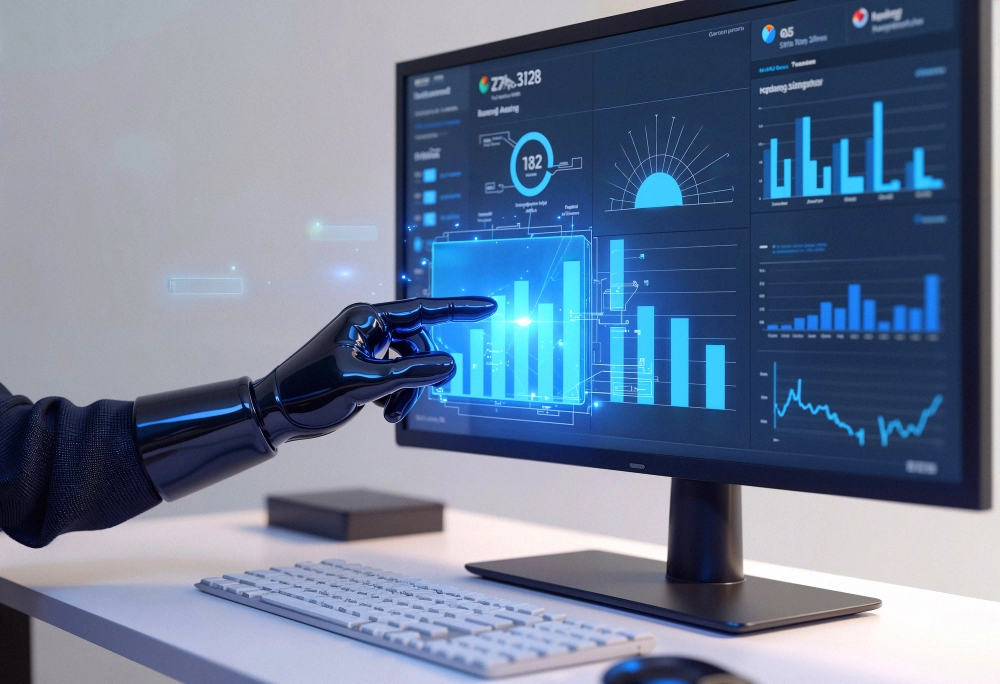
07.
Central Dashboard and Analytics
All data is collected and visualized in a central IoT platform. Facility managers see live toilet conditions, receive alerts, and can generate performance reports for management or regulatory bodies.
ROI and Business Case
The return on investment (ROI) of smart toilets is tangible across multiple dimensions
Manpower Optimization
Instead of rigid cleaning schedules, demand-based cleaning reduces unnecessary rounds. For a large facility, this can save 20–40% of cleaning labor hours, freeing up staff for other tasks.
Consumable Savings
By refilling only when needed, consumable waste is reduced by 15–25%, lowering OPEX while maintaining service quality.
Improved User Satisfaction
Clean, odor-free toilets directly improve customer experience, which enhances brand reputation. For malls and airports, this translates into higher tenant retention and customer loyalty.
Compliance and ESG Reporting
Facilities can generate data-backed reports proving hygiene standards and resource efficiency. This strengthens Green Mark or WELL certification efforts and improves corporate ESG scores.
Reduced Incident Costs
Wet-floor detection reduces slip-and-fall accidents, lowering legal and insurance liabilities.
Scalable Deployment
With LoRaWAN, sensors run for years on batteries and cover large facilities without expensive cabling, ensuring low total cost of ownership (TCO).
Conclusion
LoRaWAN smart toilet solutions tackle the long-standing problems of hygiene, consumable management, and inefficient manpower allocation. By shifting from schedule-based to demand-based maintenance, facility operators can significantly reduce costs while improving user satisfaction. The ROI is realized through labor savings, reduced consumable waste, accident prevention, and stronger ESG positioning.
Smart toilets, once viewed as a “nice-to-have,” are now becoming an essential productivity and sustainability enabler for modern facilities in Singapore and beyond.
